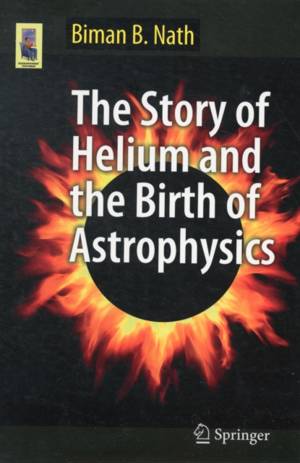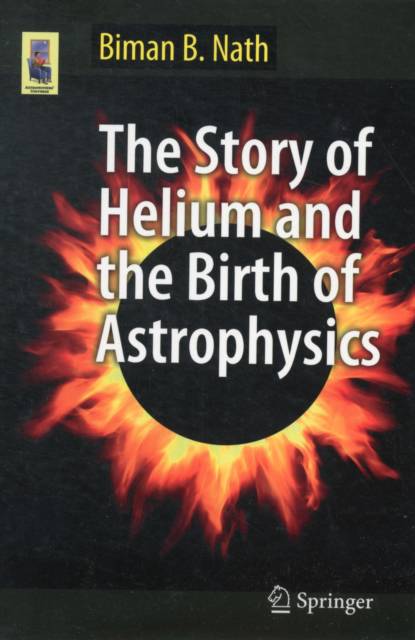
- Retrait gratuit dans votre magasin Club
- 7.000.000 titres dans notre catalogue
- Payer en toute sécurité
- Toujours un magasin près de chez vous
- Retrait gratuit dans votre magasin Club
- 7.000.0000 titres dans notre catalogue
- Payer en toute sécurité
- Toujours un magasin près de chez vous
Description
What if one of the most thrilling stories in the history of science turned out to be wrong? Can urban legends creep into the hallowed grounds of scientific history? As incredible as it may sound, the story of one of the most important elements in modern times - helium - has been often misrepresented in books, encyclopedias, and online sources, despite the fact that archival materials tell a different story. Open the entry for Helium in any encyclopaedia and you will read a false story that has been repeated over the years. 'Encyclopaedia Britannica', for example, says that helium was discovered by the French astronomer Pierre Janssen while observing a total solar eclipse from India in 1868. Apparently he noticed something new in the spectrum of the sun, which he thought was the signature of an undiscovered element. The truth is that Janssen never saw any sign of a new element during his observations in India. His reports and letters do not mention any such claim. Other sources would have you believe that helium was jointly discovered by Janssen and Norman Lockyer, a British scientist, and that their discovery letters reached Paris the same day, one sent from India, and the other from England. Again, the truth is completely different. Two letters from Lockyer and Janssen did reach Paris the same day in 1868, but their letters did not mention any new element. What they had discovered was a new way of observing the Sun without a solar eclipse. This would ultimately lead to the discovery of helium, in which Lockyer would play a prominent role, but not Janssen.
At the same time, Norman Robert Pogson, a disgruntled British astronomer stationed in India did notice something peculiar during the eclipse. He was the first one to notice something odd about the spectrum of the Sun that day, and his observations would prove crucial to Lockyer's own investigations of helium. But Pogson's report was never published inany peer reviewed journal and it languished on the desk of a local British officer in colonial India. This book tells the real story behind the discovery of helium, along with biographical sketches of the scientists and descriptions of the milieu in which they worked. It will convey the excitement, confusion, and passion of nineteenth century scientists, using their own words, from their letters and reports. "The Story of Helium and the Birth of Astrophysics" chronicles one of the most exciting discoveries ever made and explains why it also marked the birth of a new branch of science called 'astrophysics.'
At the same time, Norman Robert Pogson, a disgruntled British astronomer stationed in India did notice something peculiar during the eclipse. He was the first one to notice something odd about the spectrum of the Sun that day, and his observations would prove crucial to Lockyer's own investigations of helium. But Pogson's report was never published inany peer reviewed journal and it languished on the desk of a local British officer in colonial India. This book tells the real story behind the discovery of helium, along with biographical sketches of the scientists and descriptions of the milieu in which they worked. It will convey the excitement, confusion, and passion of nineteenth century scientists, using their own words, from their letters and reports. "The Story of Helium and the Birth of Astrophysics" chronicles one of the most exciting discoveries ever made and explains why it also marked the birth of a new branch of science called 'astrophysics.'
Spécifications
Parties prenantes
- Auteur(s) :
- Editeur:
Contenu
- Nombre de pages :
- 274
- Langue:
- Anglais
- Collection :
Caractéristiques
- EAN:
- 9781461453628
- Date de parution :
- 10-11-12
- Format:
- Livre broché
- Format numérique:
- Trade paperback (VS)
- Dimensions :
- 155 mm x 229 mm
- Poids :
- 408 g

Les avis
Nous publions uniquement les avis qui respectent les conditions requises. Consultez nos conditions pour les avis.






